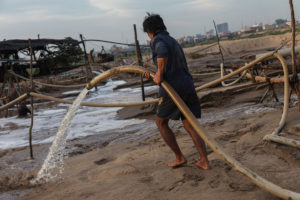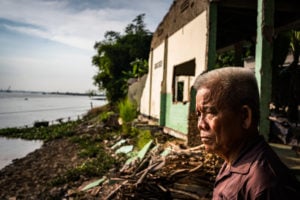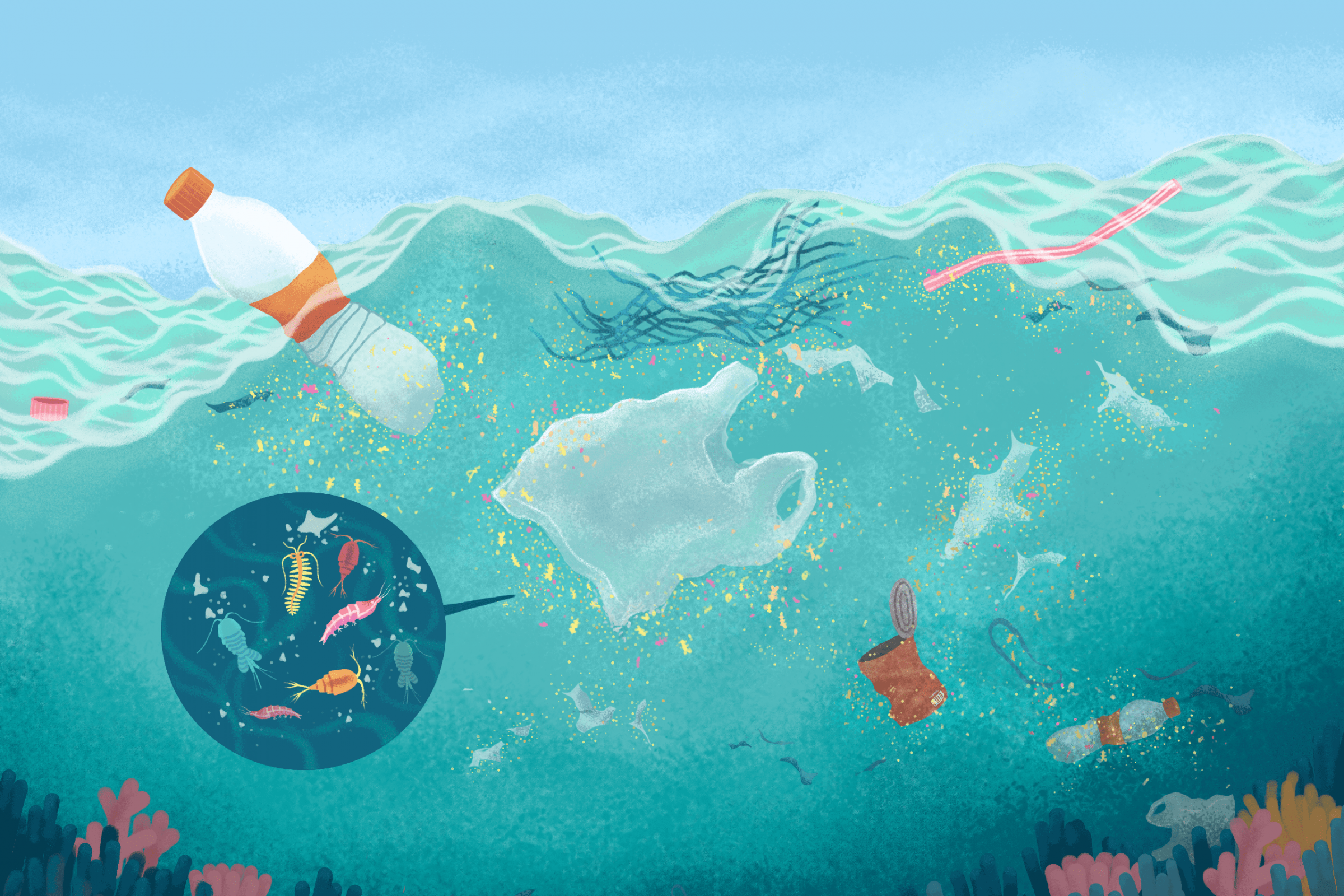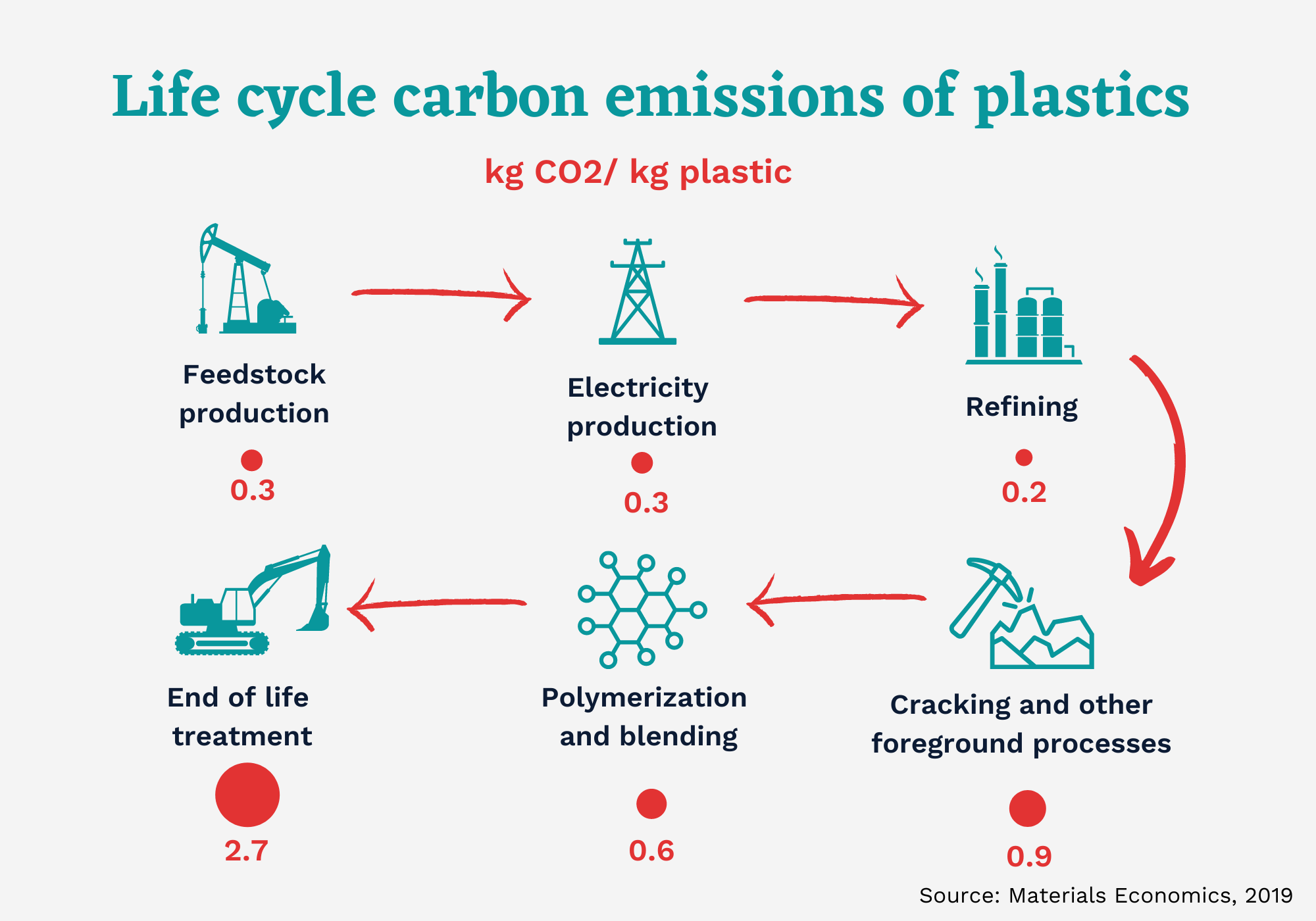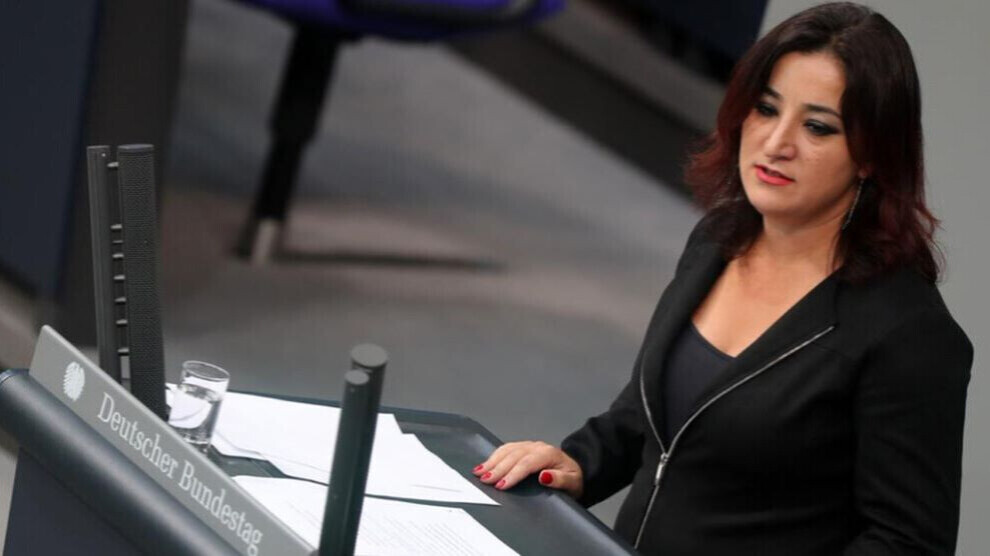José Eduardo dos Santos: Spain approves autopsy for ex-Angola leader
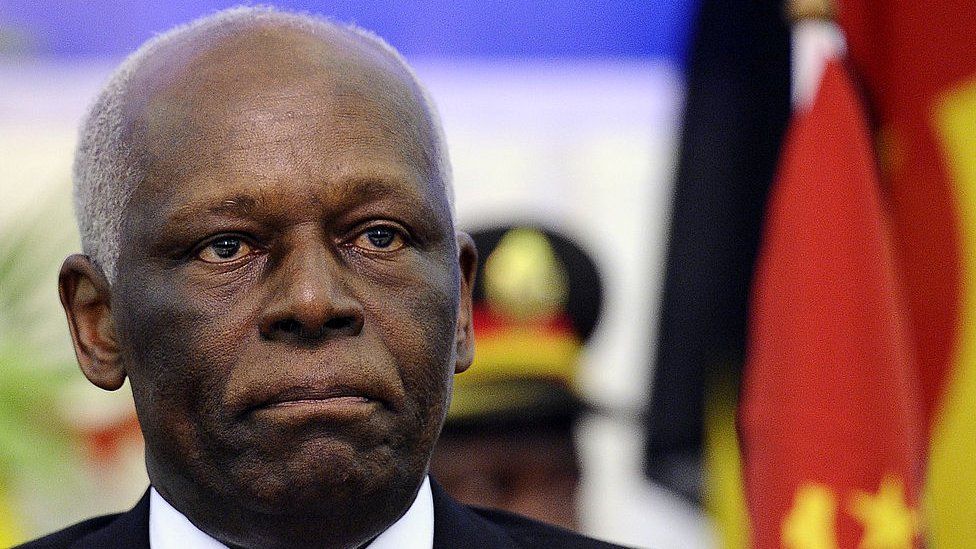 AFP
AFPA Barcelona court has authorised an autopsy on former Angolan President José Eduardo dos Santo who died in the city on Friday after his family alleged a conspiracy to kill him.
His daughter, Tchize dos Santos, had requested the autopsy.
Political enemies did not want him to back the opposition in forthcoming Angolan elections, she said.
Dos Santos, 79, was in Spain for medical treatment and died after a cardiac arrest.
He had been in power for 38 years when he stepped down in 2017.
Lawyers for the Dos Santos family have also denounced moves by the Angolan government to return the body there for a state funeral, against the ex-president's expressed wish to be buried privately in Spain. He is said to have been afraid his death would be politicised because his children would not be able to travel to Angola for his funeral or to visit his grave.
His death has reportedly worsened relations between his family and the Angolan government.
Another of his daughters, Isabel dos Santos, has been charged with mismanagement and embezzling public funds when she headed the state oil firm, Sonangol. She has denied the charges and says she is the target of political persecution.
 AFP
AFPPresident João Lourenço, who was hand-picked by Dos Santos to succeed him and is from the same party, the MPLA, has denied accusations that the government had any link to the former president's death.
He stated that the Angolan government had a duty to organise a state funeral for the country's long-time leader. He also said any Angolan citizen who wanted to travel to Angola for Dos Santos' funeral would be able to do so.
Dos Santos' death divides ruling party ahead of elections
Analysis by Israel Campos, BBC News
The death of the former president during an election year has represented a great challenge for the governing MPLA and its current leader, João Lourenço.
Sacking Dos Santos' eldest daughter, Isabel dos Santos, from the state oil-firm as soon as he came to power in 2017, and the arrest of another son, Jose Filomento dos Santos in 2018, considerably worsened relations between President Lourenço and the Dos Santos family.
Dos Santos and President Lourenço met for the last time over Christmas last year at the late president's official residence in Luanda. But it seems that not even this move by President Lourenço was enough to repair the already damaged relations.
President Lourenço's desire to hold a state funeral for Dos Santos in Angola has faced fierce opposition, notably from Tchizé dos Santos, the third daughter of Dos Santos and a former MPLA MP.
Isabel and Tchizé dos Santos have been exiled in Europe since the end of their father's 38-year presidency.
In an Instagram live over the weekend, Tchizé dos Santos was categorical in saying that her father "should only be buried in Angola when João Lourenço is no longer president of the country".
President Lourenço's government is still trying to negotiate with the Dos Santos family about sending their father's body to Luanda.
For President Lourenço, bringing Dos Santos' body back home as soon as possible is needed to reunite the MPLA.
He needs to show a united front to the general public even though there is now a clear division within the party ahead of what could be a difficult election next month.
Dos Santos, who was just 37 when he became head of state, will be remembered for ending a long-running civil war in the early 2000s, with his supporters dubbing him the "architect of peace".
The war lasted for 27 years and ravaged the country. About 500,000 people are believed to have died in the conflict.
But his legacy is marred by corruption and human rights violations during his time in power.



